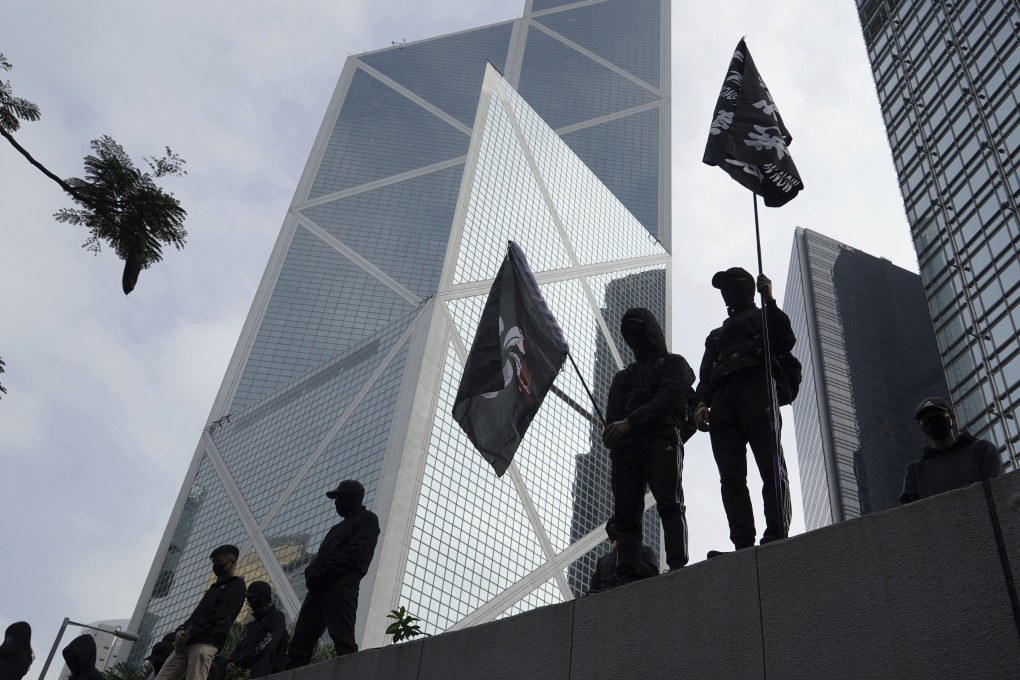Opinion | Partial truths in US commission report on Hong Kong protests show propaganda at its most harmful
- Through its filter of political bias, the US government agency draws dire conclusions about Hong Kong’s rule of law and alleges police brutality without evidence
- Its accusation of a Chinese propaganda and disinformation campaign is hypocritical at best

The commission found that: firstly, there is “further erosion of Hong Kong’s autonomy and fundamental freedoms under the ‘one country, two systems’ framework” by reason of the proposed amendment to the extradition law; secondly, the Hong Kong police had used “excessive force and inappropriately operated crowd-control equipment”; and thirdly, the Chinese government had “employed propaganda, disinformation and censorship in an apparent attempt to shape reporting on the Hong Kong protests”.
The key accusation here, of course, is that Hong Kong’s autonomy and fundamental freedoms under “one country, two systems” have been further eroded.
It is instructive to examine both the accusation and the alleged reasons or evidence in support thereof, to see how far such an accusation bears scrutiny – if at all.

